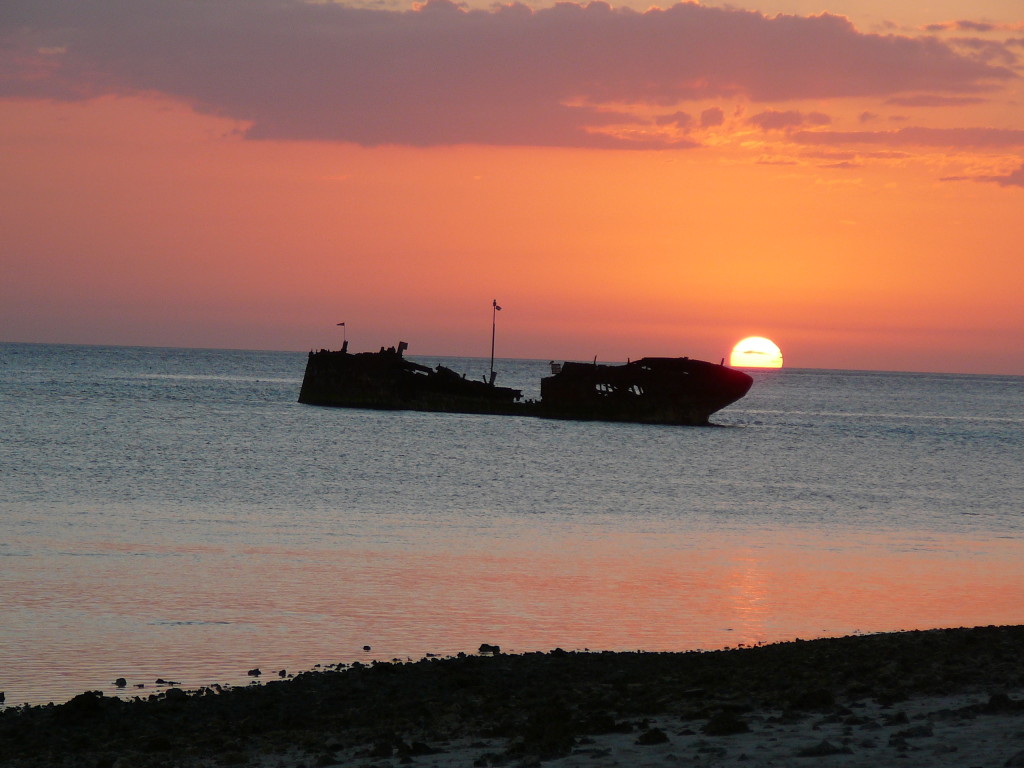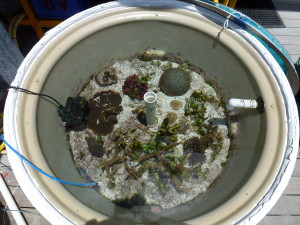Calcification calculation by Delta alkalinity
ALK units: 2.2 µmol g (SW)-1 or 2200 µmol Kg (SW)-1
SW Density units: 1.03 gL-1
MW of CaCO3 = 100 g mol-1
AT = [HCO3−]T + 2[CO32−]T + [B(OH)4−]T + [OH−]T − [H+]
Equation:
Delta CaCO3 µg L(SW)-1 =
Delta ALK µmol g-1 x Density of SW gL-1 x MW of CaCO3 g mol-1 x ½
(NB in bold underlined units remain after nominator denominator cancellation)
Clearly then need to Multiply by Volume of seawater (L) and normalise to time and some other factor such as surface area or weight of organism.


